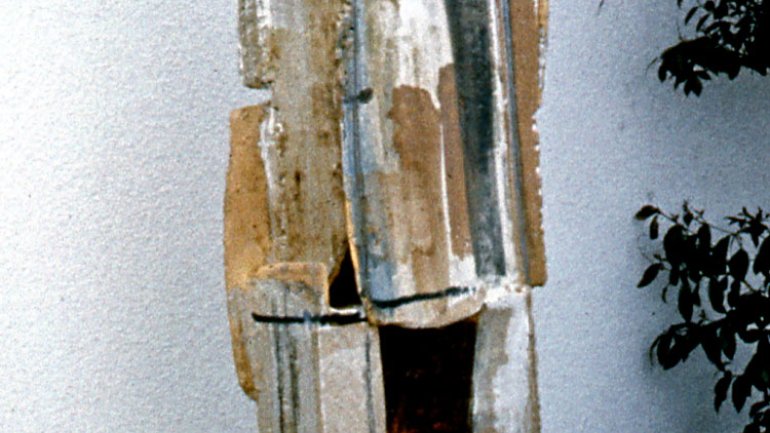The New Ceramic Presence
Rose Slivka's groundbreaking article on ceramics, published in 1961 shortly after she became editor of Craft Horizons, highlighted the movement of clay artists toward the abstract. Peter Voulkos and others, like Paul Soldner and John Mason, used the medium to create very challenging work. Colors, shapes, textures, and size were juxtaposed in sculptural work against classical functional forms. The marriage of these Abstract Expressionist ideas and clay resulted in big change, and Slivka's article cemented this movement in the greater art world. There was a lot of praise for the work, and a lot of outrage.
A letter from Wharton Esherick appears in the November/December 1961 Craft Horizons:
"I was very much interested in Rose Slivka's article on 'The New Ceramic Presence' in the July/August issue. The pictures–well, I was not particularly interested in them, but her writing on the subject to me was the important thing. I think she has a very tolerant and hopeful feeling toward the new craftsmen. I am sure they are not all great, but out of this quantity of creators we will get a master, as she suggested with her reference to Whitman, Melville, etc. That's where I think her hopeful quality comes in. You probably know Chekov's The Sea Gull and the young writer Kostya in that play who speaks so clearly of the need for 'new forms.' To me that's the thing she is talking about.
"Good luck and best wishes in your activities. You are doing an excellent job."
And a letter from Warren MacKenzie appears in the same issue:
"The article in the July/August issue on 'The New Ceramic Presence' was worth all the cost of a subscription.
"For the longest time, we had thought that the 'Big Pile' in our neighbor's cow pasture was good only for enriching the fields. Now we find that if you can pile it high enough with the written word, or in the visual fields, it can pass for art. In the future, we will give up any attempt to make functional ceramics as an expressive form since, apparently, 'Containers...make almost no demands on our sensibilities, leaving us free'–free to concentrate on getting the cows to cooperate for higher and larger works of 'ART.'"
Download a PDF of the original article.




